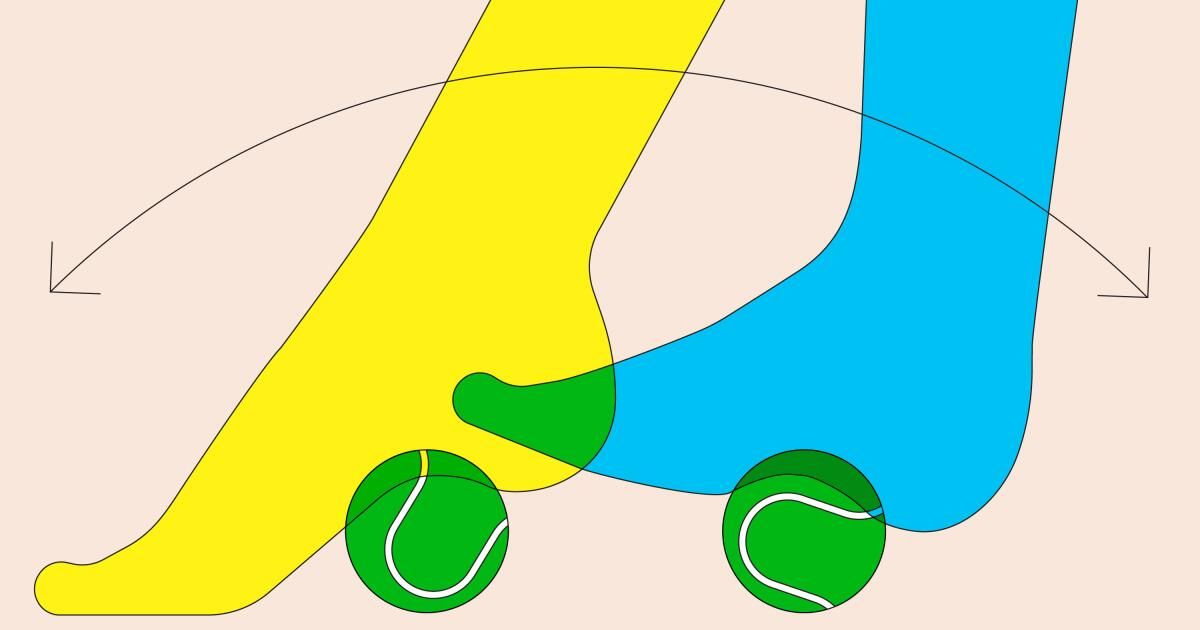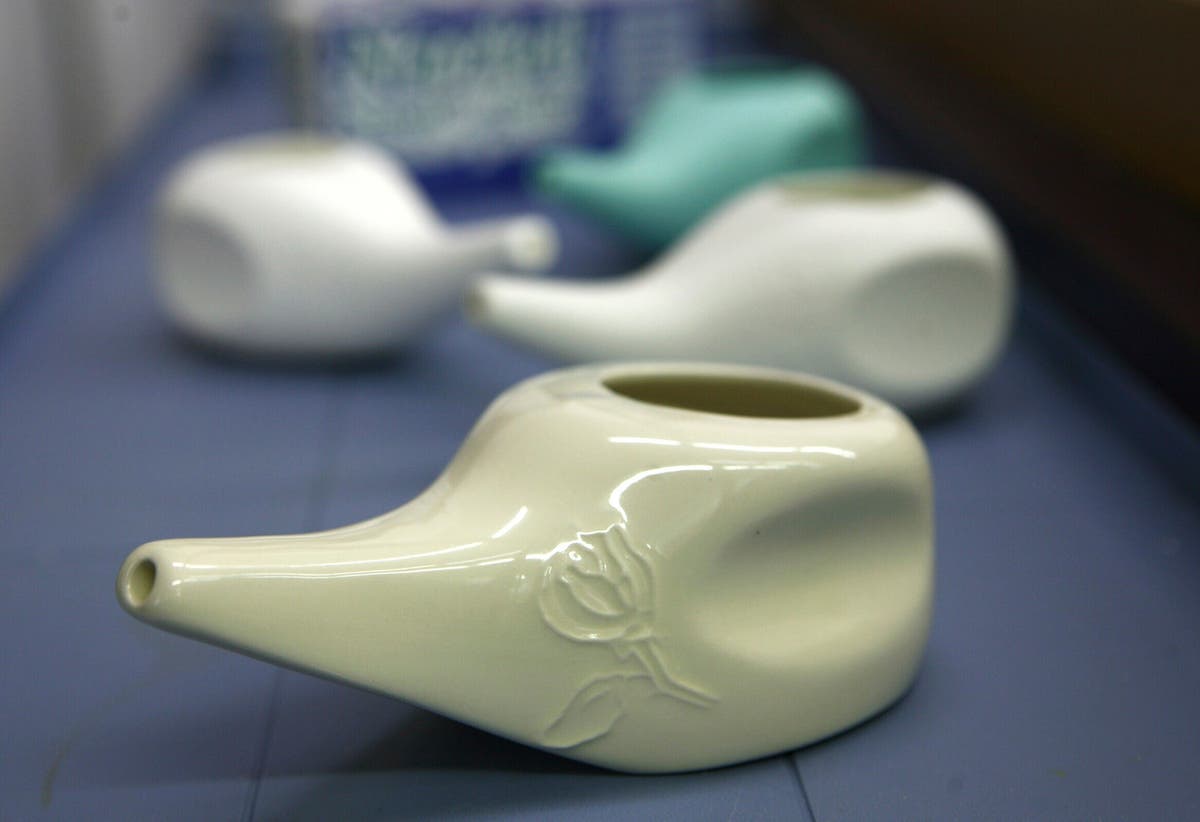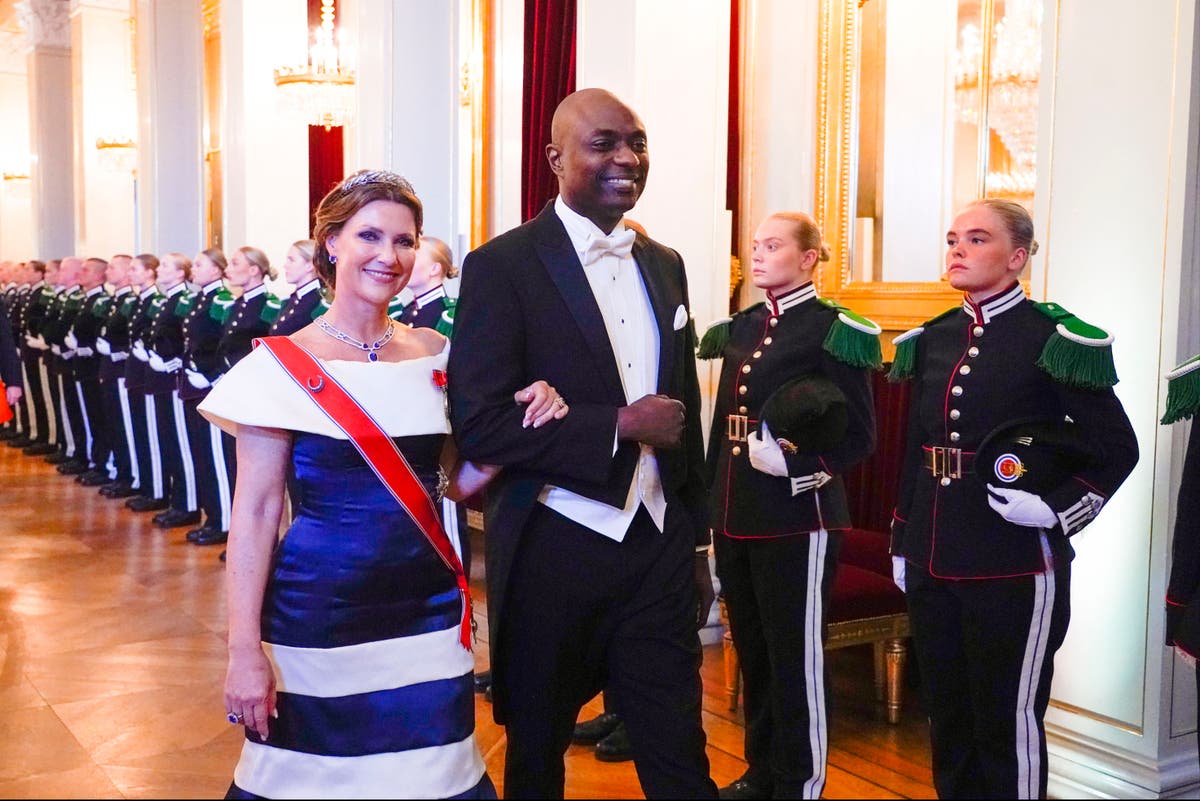Prolonged desktop work can lead to musculoskeletal problems ranging from pain and annoying pain to injuries. This month, we launched a SIX SERIES Showing how to stretch and strengthen the parts of your body to prepare them for marathon sessions on your desk. We will arrive a new exercise routine every week, each focused on a different area of the body, which will help relieve Work -related problem desk.
Last week we publish exercises for the hips and hamstrings. This week? Find your feet, ankles and fingers.
For more information on how to be sitting affects the body, and why these exercises are important, read our First piece In the series. And you can find the entire series here.
A routine for your feet, ankles and feet fingers
The fluid is released from the lower part of the body through the veins and the lymphatic system, and those two channels depend on the muscles that contract, tighten, to help move the fluid against gravity. If you are sitting on a desk all day, you are not countergaring your calves, quads and ischiotibians and fluid pools in your ankles due to gravity. That can result in ankle swelling, especially as we age, because the veins become less elastic. Oppression and rigidity in the ankles, calves and fingers are also common.
Another problem is the atrophy of the lower extremities, including weakness in the muscle of the arc of the foot. When we stand up and walk after sitting all day, those weakened muscles put us at risk of developing injuries such as plantar fasciitis, ankle instability and ankle sprains.
Do these exercises to help stretch and strengthen your feet, ankle and feet fingers. They are demonstrated by coach Melissa Gunn, from Pure Strength La, whose team trains desktops on how to protect their bodies through exercise.
- While standing, set foot on a tennis ball. Roll your foot up and down, from the fingers of the feet to the heel, applying light pressure. Do it for 20-30 seconds on each foot.
- Standing with the feet of shoulder width and slightly folded knees, it puts most of its weight on its heels. Raise the fingers of the feet and the ball of the floor. Take 10 steps laterally, five small steps to the right, then five small steps back to the left, keeping the ball of the feet and fingers of the floor and the extended fingers, all the time. Do 1-3 barefoot sets or in socks. You can do it against a wall, to get help for balance.
- Face a wall, with your hands on the wall, the palms forward. Put your foot against the wall, with the heel on the ground and the fingers of the feet up. Move the hips to the wall, keeping the leg straight. Feel the stretch in your calf. Hold for 5-10 seconds. Do 1-2 times for each foot.
- Sitting down, extend the leg forward and lift your fingers from your feet up, so that your foot rests on your heel (your leg must be at an angle of 45 degrees). Grab the knee or pimp to prevent your leg from moving and starting to slowly turn the ankle in one direction, making a large circle. Do 10 times. Then invest the address and do 10 times.
- Place its large finger pad on a small elevator, such as a thin book, with its other fingers on the ground. Pass your opposite foot towards a divided posture to feel a slight stretch under your back, big toe and foot. Tilt your torso forward to increase stretching. Keep kept for 30 seconds, then change the sides.
(The exercises came from Dr. Joshua T. GoldmanUCLA Sports Medicine; Melissa GunnPure strength; Tom HendrickxPivot physiotherapy; Vanessa Martinez Kercher, Indiana University-Bloomington, School of Public Health; Nico pronkHealth Partners Institute; Niki SaccarecciaLight inside yoga.












